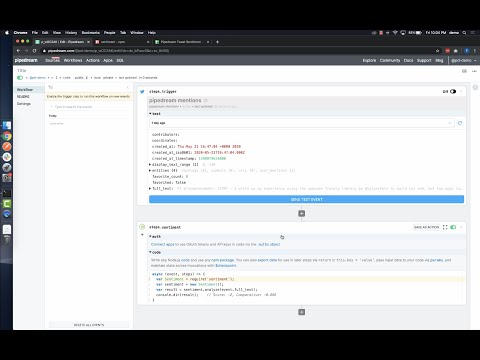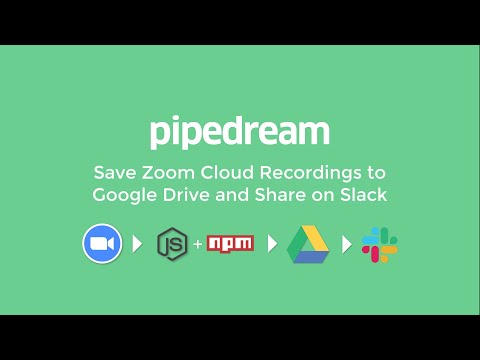What do you want to automate
with Google Sheets and Trengo?
Prompt, edit and deploy AI agents that connect to Google Sheets, Trengo and 3,000+ other apps in seconds.
Trusted by 1,000,000+ developers from startups to Fortune 500 companies
Popular Ways to Connect Google Sheets with Trengo#
Popular Google Sheets and Trengo Triggers#
Emit new event when an inbound message is received. See the documentation
Emit new event when an internal note is added. See the documentation
Emit new event when an outbound message sent. See the documentation
Emit new event when a phone call ends. See the documentation
Emit new event when an phone call missed. See the documentation
Popular Google Sheets and Trengo Actions#
Add a single row of data to Google Sheets. See the documentation
Add multiple rows of data to a Google Sheet. See the documentation
Get all values or values from a range of cells using A1 notation. See the documentation
Overview of Google Sheets#
The Google Sheets API allows for the creation, reading, updating, and deletion of data within Google Sheets, enabling a robust platform for spreadsheet management and data manipulation. Through Pipedream, you can craft serverless workflows that respond to various triggers, such as webhook events, emails, or scheduled times, to interact with Google Sheets. This synergy can automate reporting, synchronize data across applications, manage inventory, track leads in a CRM, or even conduct survey analysis by updating and retrieving sheet data on the fly.
Connect Google Sheets#
import { axios } from "@pipedream/platform"
export default defineComponent({
props: {
google_sheets: {
type: "app",
app: "google_sheets",
}
},
async run({steps, $}) {
return await axios($, {
url: `https://www.googleapis.com/oauth2/v1/userinfo`,
headers: {
Authorization: `Bearer ${this.google_sheets.$auth.oauth_access_token}`,
},
})
},
})
Overview of Trengo#
The Trengo API provides programmatic access to Trengo's multi-channel communication platform, allowing for the streamlining of customer interactions across various channels such as email, SMS, social media, and chat. By leveraging the Trengo API on Pipedream, you can automate customer support workflows, sync communication data with CRM systems, and trigger alerts or actions based on specific customer queries or events.
Connect Trengo#
import { axios } from "@pipedream/platform"
export default defineComponent({
props: {
trengo: {
type: "app",
app: "trengo",
}
},
async run({steps, $}) {
return await axios($, {
url: `https://app.trengo.eu/api/v2/users`,
headers: {
Authorization: `Bearer ${this.trengo.$auth.access_token}`,
},
})
},
})
Related Videos#



Community Posts#


